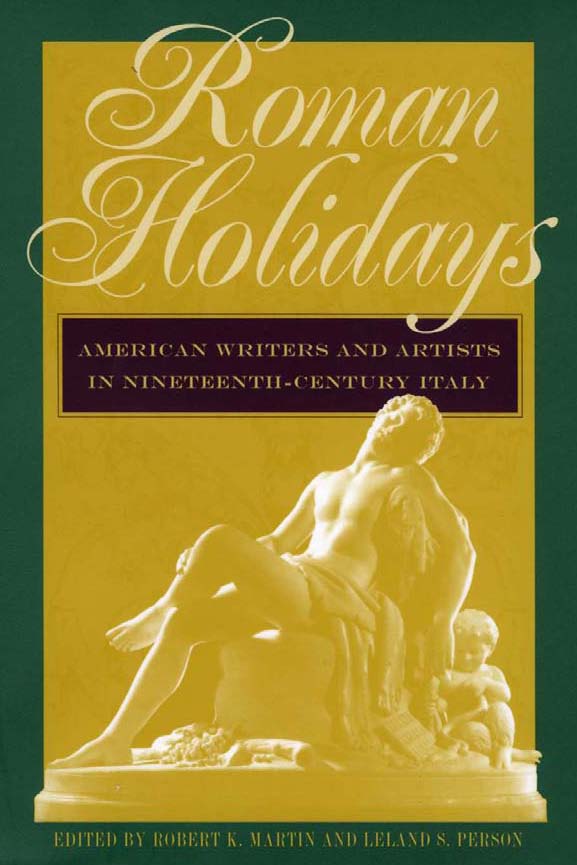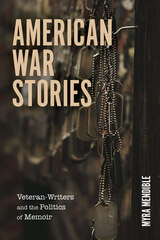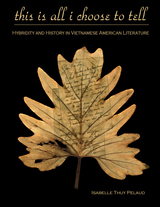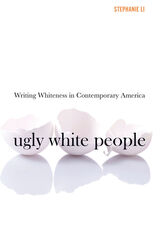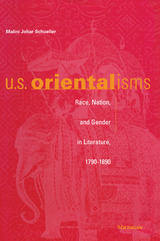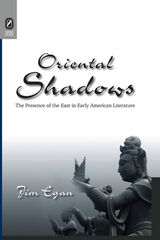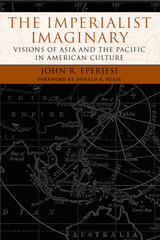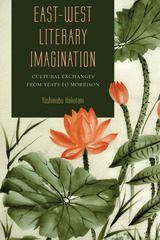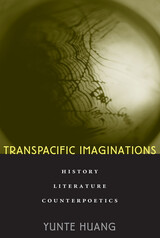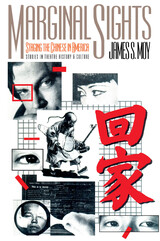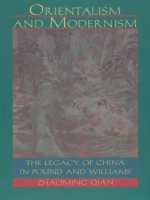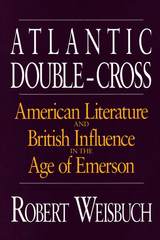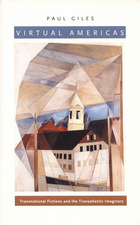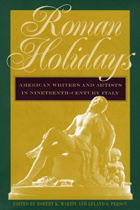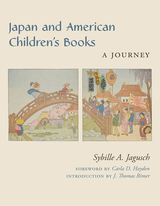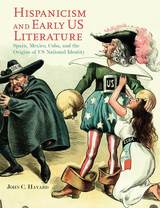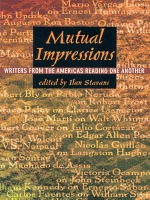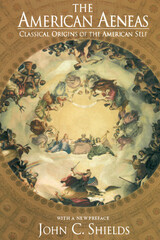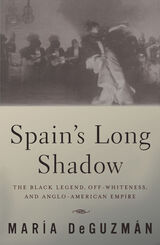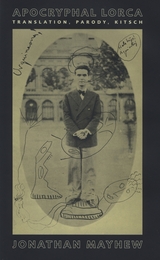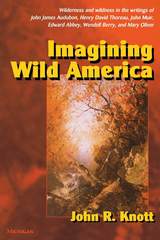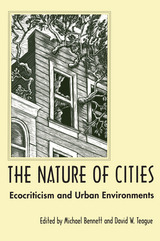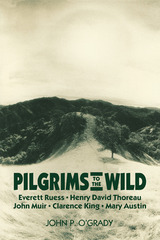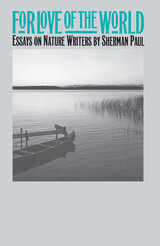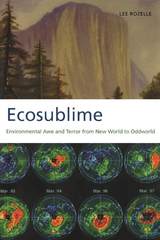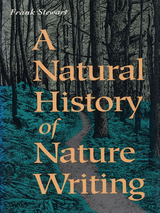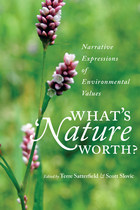Roman Holidays: American Writers and Artists in Nineteenth-Century Italy
University of Iowa Press, 2001
Cloth: 978-0-87745-782-4 | eISBN: 978-1-58729-404-4 | Paper: 978-1-58729-385-6
Library of Congress Classification PS159.I8R66 2002
Dewey Decimal Classification 810.9003
Cloth: 978-0-87745-782-4 | eISBN: 978-1-58729-404-4 | Paper: 978-1-58729-385-6
Library of Congress Classification PS159.I8R66 2002
Dewey Decimal Classification 810.9003
ABOUT THIS BOOK | AUTHOR BIOGRAPHY | REVIEWS | TOC | REQUEST ACCESSIBLE FILE
ABOUT THIS BOOK
Featuring essays by twelve prominent American literature scholars, Roman Holidaysexplores the tradition of American travel to Italy and makes a significant contribution to the understanding of nineteenth-century American encounters with Italian culture and, more specifically, with Rome.
The increase in American travel to Italy during the nineteenth century was partly a product of improved conditions of travel. As suggested in the title, Italy served nineteenth-century writers and artists as a kind of laboratory site for encountering Others and “other” kinds of experience. No doubt Italy offered a place of holiday—a momentary escape from the familiar—but the journey to Rome, a place urging upon the visitor a new and more complex sense of history, also forced a reexamination of oneself and one's identity. Writers and artists found their religious, political, and sexual assumptions challenged.
Nathaniel Hawthorne's The Marble Faun has a prominent place in this collection: as Henry James commented in his study of Hawthorne, the book was “part of the intellectual equipment of the Anglo-Saxon visitor to Rome.” The essayists also examine works by James, Fuller, Melville, Douglass, Howells, and other writers as well as such sculptors as Hiram Powers, William Wetmore Story, and Harriet Hosmer.
Bringing contemporary concerns about gender, race, and class to bear upon nineteenth-century texts, Roman Holidays is an especially timely contribution to nineteenth-century American studies.
See other books on: American prose literature | Americans | Artists | In art | Rome (Italy)
See other titles from University of Iowa Press
